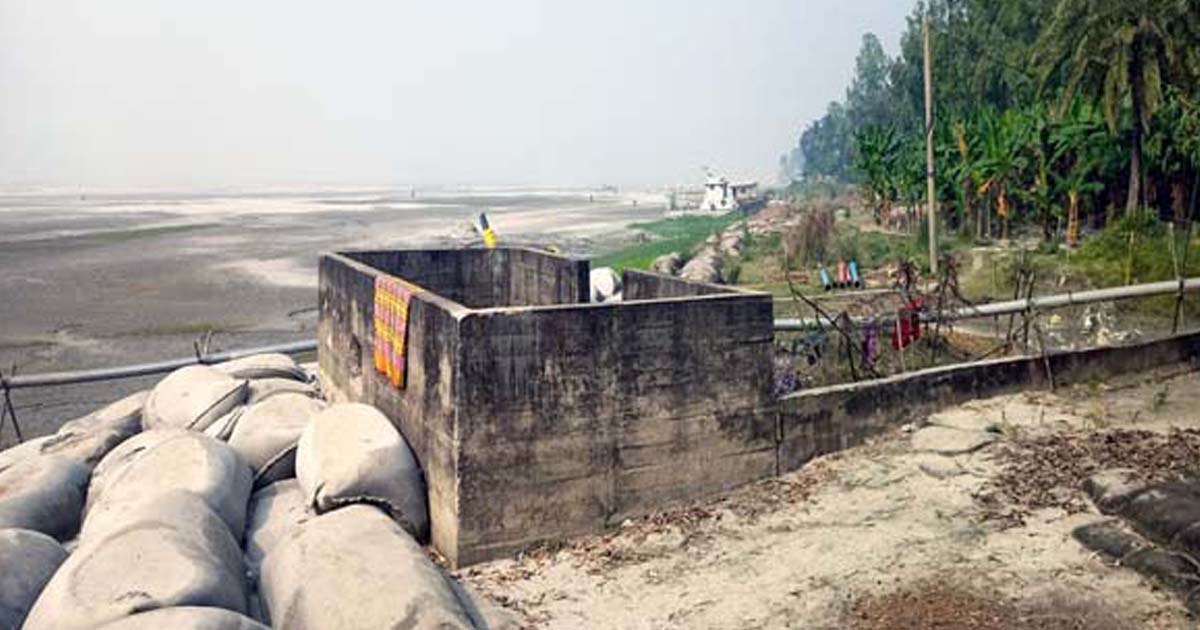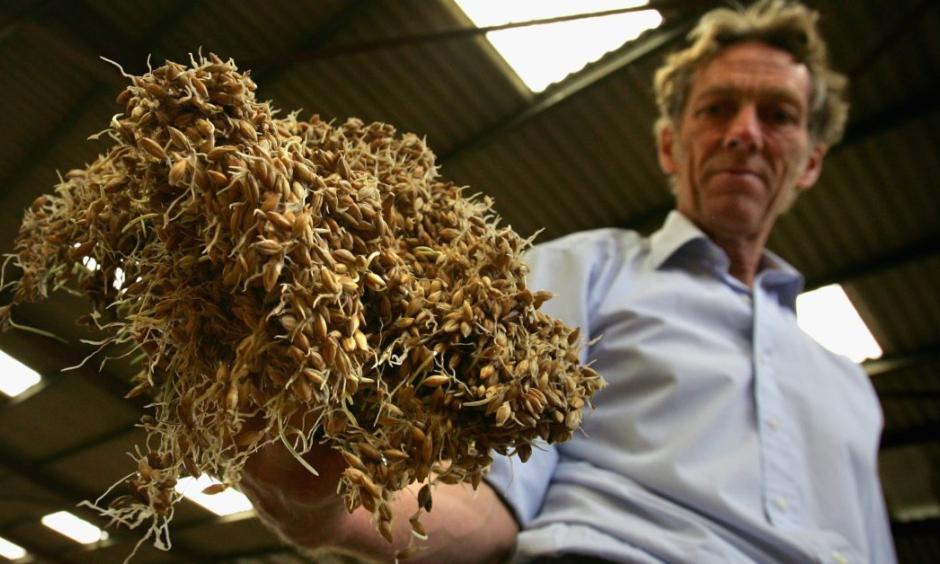Crisis Hits Farmers: Crop Fails – A Deep Dive Into The Plight Of Our Rural Heroes
Picture this: golden fields stretching endlessly, farmers toiling under the scorching sun, dreams planted alongside seeds. But what happens when those dreams turn into dust? Crisis Hits Farmers: Crop Fails, and it’s not just a headline—it’s a harsh reality for millions around the globe.
This isn’t just about bad weather or a poor harvest. It’s about livelihoods shattered, families struggling, and communities on the brink of collapse. Farmers are the backbone of our food supply chain, yet they’re often the ones bearing the brunt of climate change, economic instability, and policy gaps.
In this article, we’ll explore the root causes of crop failures, the impact on farmers, and potential solutions. We’ll also dive into real-life stories, statistics, and expert opinions to give you a comprehensive understanding of why Crisis Hits Farmers: Crop Fails matters so much today.
Table of Contents
2. Climate Change: The Silent Culprit
3. Economic Challenges Farmers Face
4. Policy Gaps and Their Impact
5. The Role of Technology in Tackling Crop Failures
6. Practical Solutions for Farmers
7. How You Can Support Farmers
8. Shocking Statistics About Crop Failures
9. The Future of Farming: A Brighter Horizon?
What Causes Crop Failures?
Crop failures don’t happen in isolation. They’re the result of a complex web of factors that interact in unpredictable ways. From extreme weather conditions to pest infestations, every factor plays its part in creating the perfect storm for farmers.
Let’s break it down:
- Weather Extremes: Droughts, floods, and unpredictable rainfall patterns can wreak havoc on crops.
- Pests and Diseases: Unchecked pest populations and crop diseases can decimate entire fields overnight.
- Soil Degradation: Poor soil health due to overuse, erosion, and lack of nutrients makes it harder for crops to thrive.
- Economic Pressures: High input costs and low market prices leave farmers with little room to maneuver.
These challenges are daunting, but understanding them is the first step toward finding solutions.
Climate Change: The Silent Culprit
Climate change has emerged as one of the biggest threats to agriculture worldwide. Rising temperatures, erratic rainfall, and increased frequency of natural disasters are making it harder for farmers to predict and plan their harvests.
Did you know?
- Global temperatures have risen by about 1.1°C since the pre-industrial era.
- By 2050, climate change could reduce global crop yields by up to 30%.
These numbers paint a grim picture, but they also underscore the urgency of addressing climate change. Farmers need support to adapt to these changing conditions, and that starts with better policies and technology.
How Farmers Are Adapting
Despite the odds, many farmers are finding innovative ways to cope with climate change. For instance, some are switching to drought-resistant crops, while others are adopting sustainable farming practices like crop rotation and agroforestry.
Economic Challenges Farmers Face
Beyond the environmental factors, farmers are also grappling with significant economic challenges. The cost of seeds, fertilizers, and machinery has skyrocketed, while the prices they receive for their produce have stagnated or even declined in some cases.
Here’s a snapshot of the economic landscape:
- Fertilizer prices have increased by over 50% in the past year.
- Small-scale farmers often lack access to credit, making it harder for them to invest in their farms.
- Market volatility and unpredictable demand further complicate matters.
These economic pressures are forcing many farmers to abandon their land and seek alternative livelihoods, leading to a decline in agricultural productivity.
Policy Gaps and Their Impact
Government policies play a crucial role in determining the success or failure of farming communities. Unfortunately, many policies fall short of addressing the unique challenges faced by farmers.
Some common policy gaps include:
- Lack of subsidies for small-scale farmers.
- Inadequate infrastructure for storage and transportation of crops.
- Poor implementation of climate adaptation programs.
Addressing these gaps requires a concerted effort from policymakers, industry stakeholders, and civil society. Only then can we create an enabling environment for farmers to thrive.
What Can Governments Do?
Governments can take several steps to support farmers, such as:
- Providing financial incentives for sustainable farming practices.
- Investing in research and development to create climate-resilient crops.
- Improving access to credit and insurance for farmers.
The Role of Technology in Tackling Crop Failures
Technology has the potential to revolutionize agriculture and help farmers overcome the challenges they face. From precision farming tools to weather forecasting apps, there’s no shortage of innovations designed to make farming more efficient and sustainable.
Some exciting developments include:
- Drone technology for monitoring crop health and detecting pest infestations.
- IoT sensors for real-time data collection on soil moisture, temperature, and nutrient levels.
- Artificial intelligence-driven platforms for predicting weather patterns and optimizing planting schedules.
While these technologies hold immense promise, their adoption remains limited due to high costs and lack of awareness among farmers.
Practical Solutions for Farmers
So, what can farmers do to mitigate the impact of crop failures? Here are some practical solutions:
- Adopt Sustainable Practices: Implementing techniques like organic farming, crop rotation, and conservation tillage can improve soil health and increase resilience to climate change.
- Form Cooperatives: Joining forces with other farmers to share resources and negotiate better prices can help reduce costs and increase bargaining power.
- Seek Training and Education: Staying informed about the latest farming techniques and technologies can empower farmers to make better decisions.
These solutions may not solve all the problems overnight, but they can make a significant difference in the long run.
How You Can Support Farmers
Supporting farmers isn’t just the responsibility of governments and corporations. As consumers, we can also play a role in ensuring that farmers receive fair treatment and compensation for their hard work.
Here’s how you can help:
- Buy locally sourced produce to support small-scale farmers.
- Advocate for policies that prioritize sustainable agriculture and farmer welfare.
- Spread awareness about the challenges faced by farmers and the importance of their work.
Every little action counts, and together, we can make a difference.
Shocking Statistics About Crop Failures
The numbers don’t lie. Here are some eye-opening statistics about crop failures:
- Over 80% of small-scale farmers in developing countries are affected by climate-related crop failures.
- In 2022 alone, global crop losses due to extreme weather events were estimated at $120 billion.
- Every year, millions of farmers are forced to migrate to urban areas in search of better opportunities.
These statistics highlight the urgent need for action to protect our farmers and ensure food security for future generations.
The Future of Farming: A Brighter Horizon?
While the current situation may seem bleak, there’s reason to be hopeful. Advances in technology, increased awareness of climate change, and growing support for sustainable agriculture are all positive signs.
Imagine a future where:
- Farmers have access to the tools and resources they need to thrive.
- Crop failures are a thing of the past thanks to climate-resilient farming practices.
- Communities come together to support their local farmers and celebrate their contributions.
This future is within reach, but it requires collective effort and commitment from all of us.
What Lies Ahead?
The road ahead won’t be easy, but it’s paved with opportunities for innovation and collaboration. By working together, we can create a brighter future for farmers and ensure that no one goes hungry.
Conclusion: Let’s Act Now
Crisis Hits Farmers: Crop Fails is a wake-up call for all of us. It’s a reminder of the vital role that farmers play in our lives and the challenges they face every day. From climate change to economic pressures, the obstacles are many, but so are the solutions.
We’ve explored the root causes of crop failures, the impact on farmers, and potential solutions. We’ve also looked at how you can support farmers and why it matters. Now, it’s time to take action.
So, what will you do? Will you buy locally sourced produce? Advocate for better policies? Or simply spread awareness about the plight of farmers? Every action, no matter how small, can make a difference.
Let’s act now to ensure a brighter future for our farmers and the planet. Share this article, leave a comment, and let’s start a conversation that matters.


